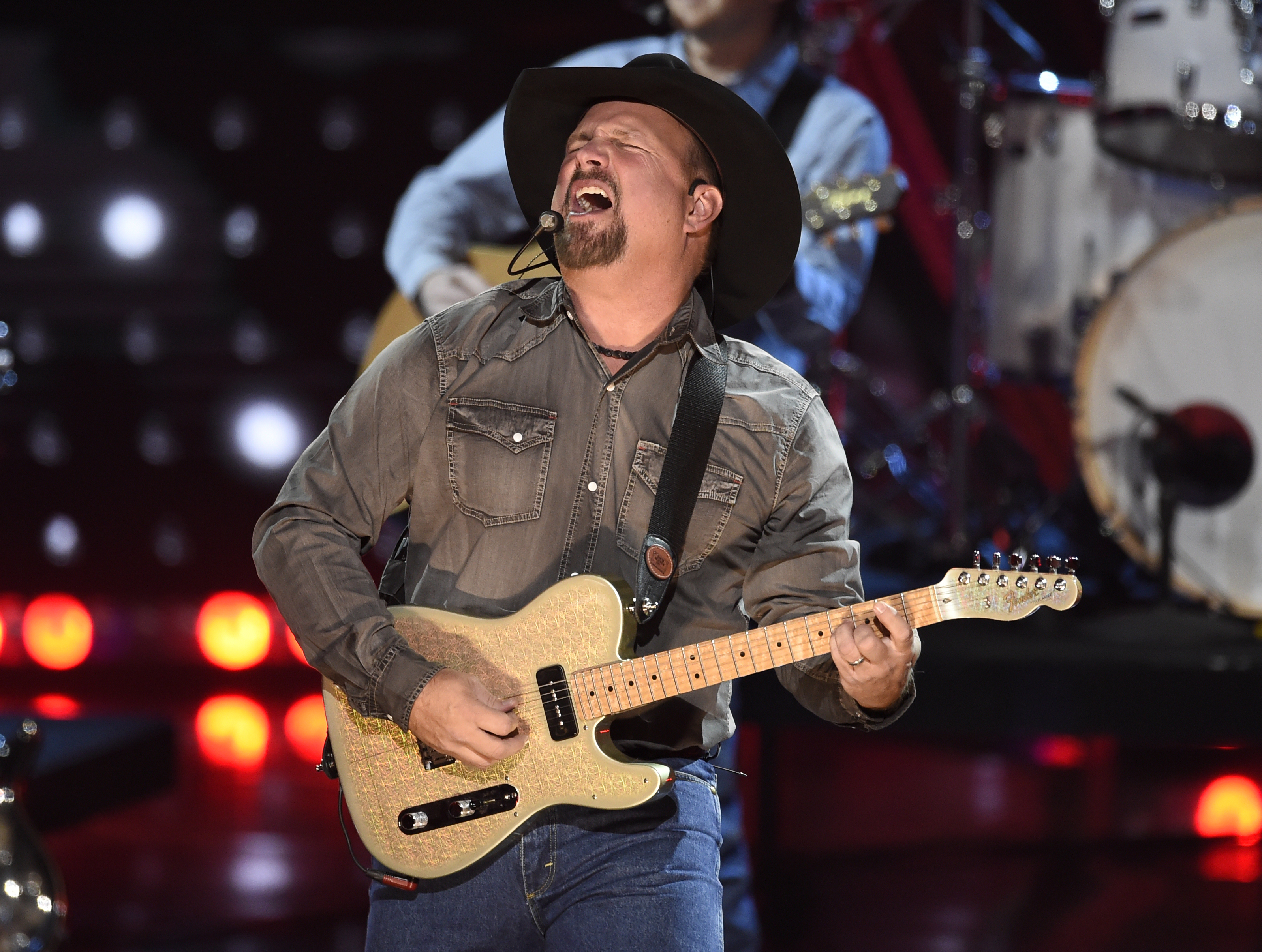Salaries are up across the state and fewer Texans are living in poverty but the state’s poverty rate is still higher than what it was before the great recession, according to the U.S. Census Bureau.
The new data shows the typical Texas household income increased by $2,555 last year and there are still big gaps between the lowest and highest earners in the state.
“The wealthiest Texans are seeing the biggest increase,” Frances Deviney, Ph.D.
The associate director at the Center for Public Policy Priorities (CPP) in Austin, Deviney said “The increase is happening across Texas and we also see that the increase is happening for every income bracket we see.”
The lowest income bracket—people who make about $12,000 a year—are seeing the fastest growth in pay but the biggest raises are going to people with the highest salaries.
The report out this month marks the first time salaries increased and the poverty rate decreased in both Texas and nationwide since the recession.
“It’s good news but there is still a lot of caution, we can’t say that the poverty problem is licked, we can’t say that disparities don’t exist anymore because they do,” Deviney said.
At 15.9 percent, the state’s poverty rate is still much higher than the 13.5 percent national average in 2015.
The Census data also shows large and persistent poverty gaps by race and ethnicity in Texas.
Black and Hispanic children are nearly three times more likely to live below the poverty line than white or Asian kids, a trend that continues into adulthood.
Deviney said, “Those are areas we have to work on because if we don’t the overall economic security of Texas is going to decline over time.”
According to the Census data, one in four Texas children live below the poverty line and that line is set pretty low. A family of three would have to make less than about $19,000 a year to be considered “living in poverty” by the Census Bureau’s standards.
“The vast majority are working Texans and they just aren’t able to make ends meets,” Deviney said.
CPP is pushing for the state to pass legislation that would allow cities and municipalities to set their own minimum wage in the upcoming session.
Texas currently uses the federal minimum wage—$7.25 an hour.
Deviney said, “We have to allow cities to set their own minimum wage to determine what a living wage for their area is.”
The group also aims to increase state funding for education to give children who live poverty line a “learning ladder” that provides opportunities to climb to a higher income bracket.
“We still have a long way to go but our trajectory is good,” Deviney said.
Texas entered the recession later and came out earlier than most other states in the U.S.
The Census data shows the economy in Texas is improving at a faster pace than the nation is as a whole. However, Deviney noted that in comparison to the national average, Texas state already had lower income levels and a higher poverty rate before the recession hit and the poverty continued to climb in Texas even after the recession ended.










